Focus on Environmental Sustainability
The Satellite Vessel Tracking Market is increasingly aligning with the global focus on environmental sustainability. As concerns about climate change and marine pollution grow, there is a push for more eco-friendly shipping practices. Satellite tracking systems enable companies to optimize routes, reduce fuel consumption, and minimize emissions. By providing real-time data on vessel performance, these systems help operators make informed decisions that contribute to sustainability goals. The market for green shipping technologies is anticipated to reach USD 25 billion by 2027, indicating a strong trend towards environmentally responsible practices. This focus on sustainability is likely to drive innovation and investment in the Satellite Vessel Tracking Market, as stakeholders seek to balance operational efficiency with environmental stewardship.
Increasing Demand for Maritime Security
The Satellite Vessel Tracking Market is witnessing a heightened demand for maritime security solutions. With the rise in piracy, smuggling, and illegal fishing activities, there is a pressing need for effective tracking systems to ensure the safety of vessels. Governments and private entities are investing in satellite tracking technologies to monitor maritime activities and respond swiftly to threats. The market for maritime security is expected to reach USD 30 billion by 2026, reflecting the growing recognition of the importance of vessel tracking in safeguarding maritime assets. This increasing focus on security is likely to propel the Satellite Vessel Tracking Market forward, as stakeholders prioritize the implementation of robust tracking systems to mitigate risks.
Regulatory Compliance and Safety Standards
The Satellite Vessel Tracking Market is significantly influenced by regulatory compliance and safety standards imposed by maritime authorities. Various international regulations, such as the International Maritime Organization's (IMO) guidelines, mandate the use of tracking systems for commercial vessels. These regulations aim to enhance safety, reduce environmental impact, and ensure accountability in maritime operations. As of 2025, compliance with these regulations is not only a legal requirement but also a competitive advantage for shipping companies. The market is projected to expand as more companies adopt satellite tracking solutions to meet these stringent requirements. This trend underscores the critical role of regulatory compliance in driving the growth of the Satellite Vessel Tracking Market.
Growth of E-commerce and Supply Chain Optimization
The Satellite Vessel Tracking Market is benefiting from the growth of e-commerce and the need for supply chain optimization. As online shopping continues to rise, the demand for efficient logistics and real-time tracking of shipments has become paramount. Companies are increasingly adopting satellite tracking solutions to enhance visibility across their supply chains, ensuring timely deliveries and improved customer satisfaction. The logistics sector is projected to grow at a rate of 8% annually, further fueling the need for advanced tracking technologies. This trend suggests that the Satellite Vessel Tracking Market will continue to expand as businesses seek to leverage tracking systems to streamline operations and meet the evolving demands of consumers.
Technological Advancements in Satellite Vessel Tracking
The Satellite Vessel Tracking Market is experiencing a surge in technological advancements that enhance tracking capabilities. Innovations such as real-time data analytics, machine learning algorithms, and improved satellite communication systems are transforming how vessels are monitored. For instance, the integration of Internet of Things (IoT) devices with satellite tracking systems allows for more precise location data and operational insights. As of 2025, the market is projected to grow at a compound annual growth rate of approximately 10%, driven by these technological improvements. Companies are increasingly investing in advanced tracking solutions to optimize fleet management and ensure compliance with maritime regulations. This trend indicates a robust future for the Satellite Vessel Tracking Market, as stakeholders seek to leverage technology for enhanced operational efficiency.


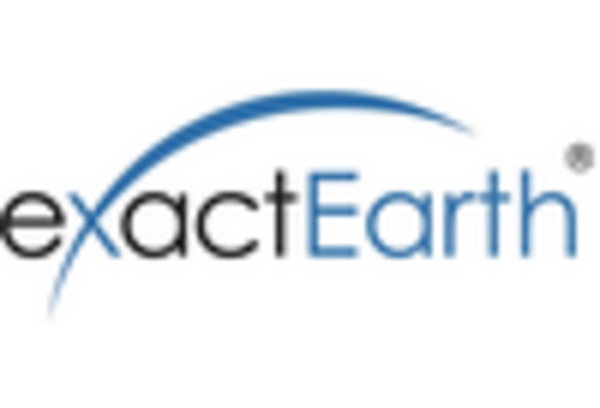
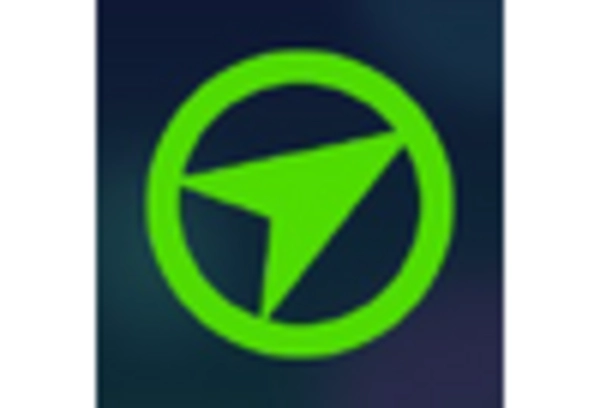
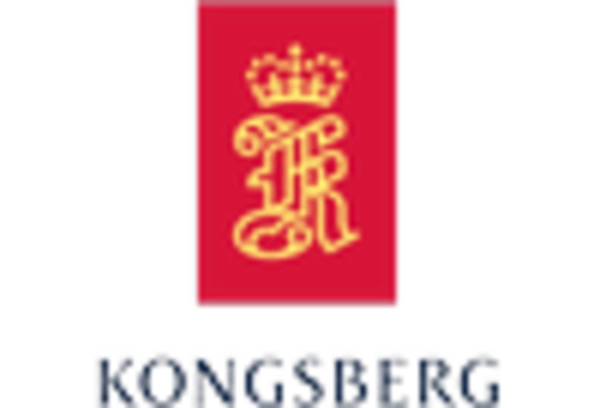

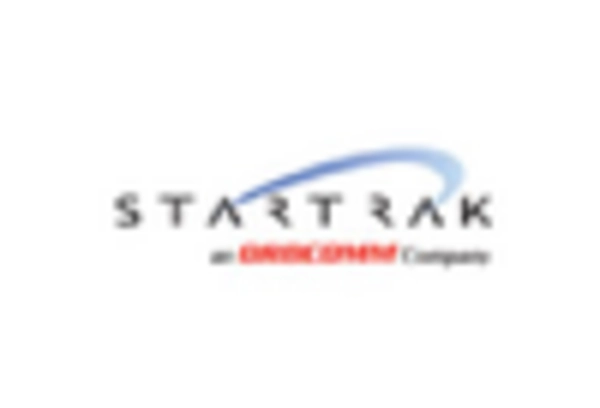
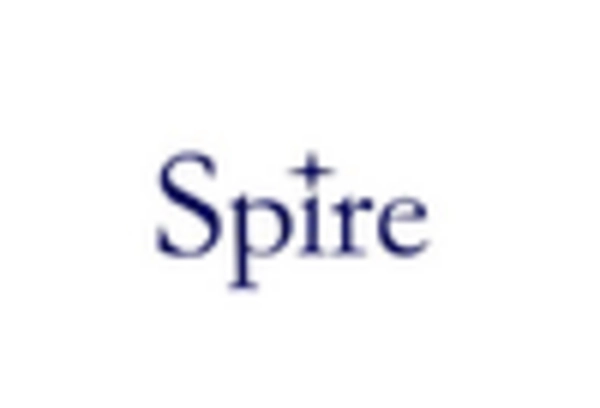








Leave a Comment